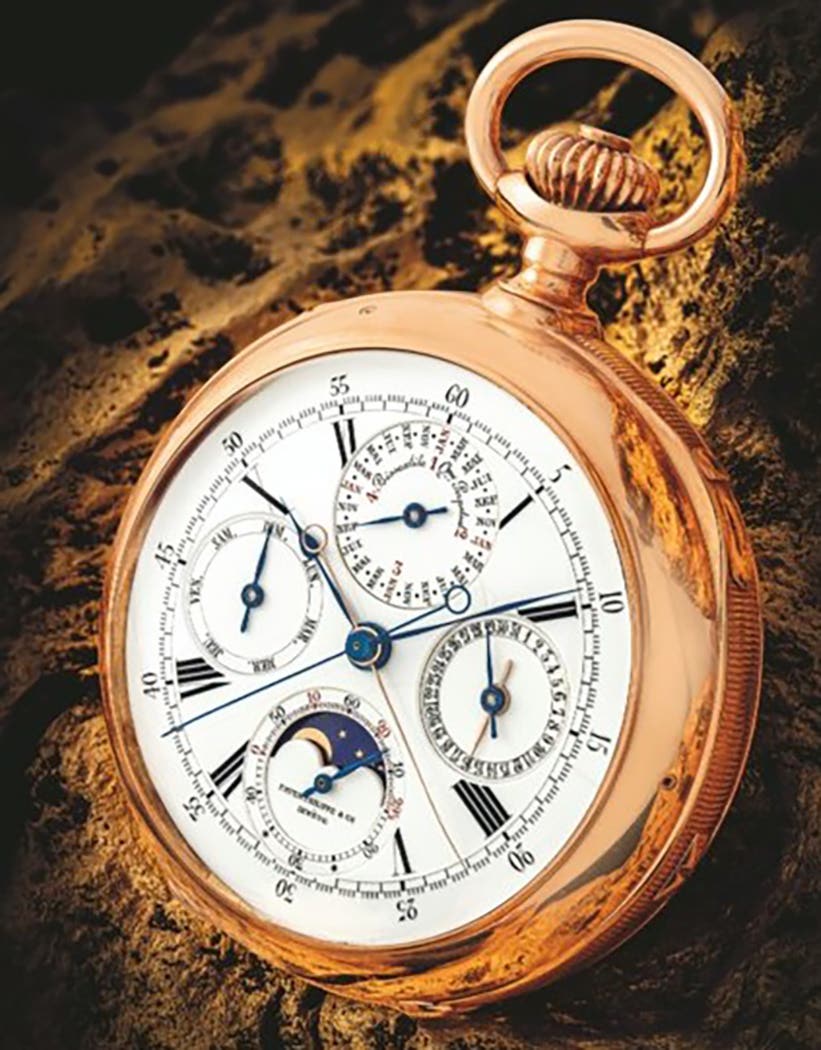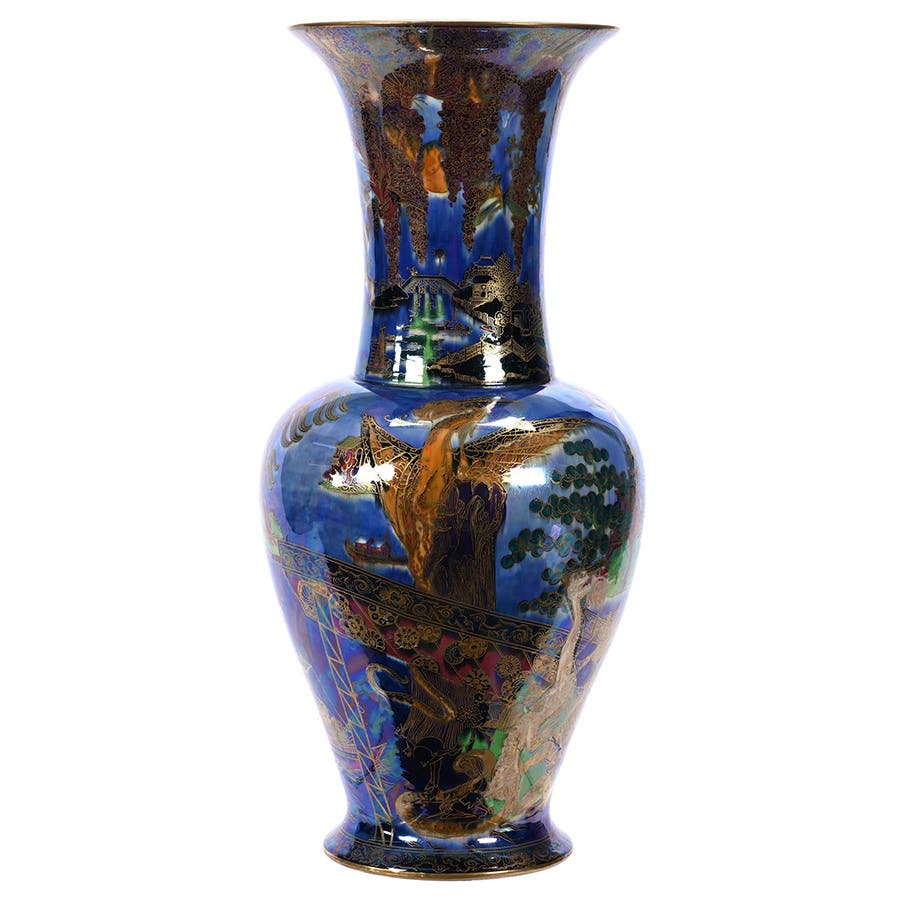The Henry Ford Museum
Innovation takes flight at The Henry Ford Museum, the brainchild of American industrialist and Michigan native Henry Ford, who founded Ford Motor Company in 1901. Ford started his museum largely based on the idea of learning by doing.
DEARBORN, Mich. – It’s a trip back in time that electrifies both young and old.
Step into Thomas Edison’s laboratory from Menlo Park, examine the John F. Kennedy presidential limousine, help build a Model-T, check out folk art from well-known painters such as Ammi Phillips and scan continental porcelain ceramics.
The Henry Ford Museum of American Innovation and its adjoining attractions – Greenfield Village and the Ford Rouge Factory Tour – are phenomenal sights to see in Dearborn, Michigan, just outside of Detroit.
Telling history through artifacts is the main theme at The Henry Ford.
“The way I think about it is that we take a particular lens on that history of America where we really tell the history of the idea of America and then how that became expressed through inventions and innovation and entrepreneurship,” said Cynthia Jones, Henry Ford’s general manager of innovation experiences.
“So, kind of that idea of America piece, I really think about ‘Social Innovation’ and ‘With Liberty and Justice For All’ exhibitions. Whether that’s George Washington’s camp bed from the American Revolution or the Lincoln chair or all the way to the Rosa Parks bus, what that whole exhibition is about is this idea that we had the founding of our nation and continues to really think about today, which is, what does it mean to become this Democratic experiment? What does that look like? How do we live up to the ideals of our founders’ documents?”
It’s been quite a year for The Henry Ford Museum of American Innovation. Due to the coronavirus pandemic, it had to shut down for 16 weeks.
But despite financial hardships, the museum is back up and running and anxious to entertain its guests.
Charles Sable is one of eight curators within the museum. As the curator of decorative arts, Sable is in charge of furniture, glass (historic and modern), ceramics, silver and fine art.
“What all of us try to do here at The Henry Ford Museum is make it personal to the visitor so that you represent yourself and there is a relationship to yourself in the collections of The Henry Ford,” Sable said.
The Henry Ford is a monumental attraction each year. In 2019, 700,000 visitors went through the gates of the museum and 1.8 million visited campus-wide, according to Jones.
American industrialist and Michigan native Henry Ford, who founded Ford Motor Company in 1901, started his museum largely based on running a charter high school on site.
“He wanted people to be able to come here and learn from real stuff,” said Jones, who has spent the last 20 years working at The Henry Ford.
Ford opened the Edison Institute of Technology – dedicated to his friend Thomas Edison and later renamed The Henry Ford Museum – in the midst of the Great Depression on Oct. 1, 1929. Later that month, the stock market crashed, sending the economy into a tailspin. But Ford’s museum didn’t waver and has stood the test of time. It hit its 90th anniversary last year.
“I love that it opened during the Depression,” Jones said. “I’ve been here long enough to have been here during the 2008 recession, and so especially at that time I was reflecting back to thinking about us opening during the Depression and how important it is at difficult times to have a place that you can go that reminds you that we are very capable of creating a new future. That we’re very capable of designing something and figuring out how to get it adopted by people, whether that’s standing underneath a [1939 Douglas] DC-3 airplane and thinking about how fast and how far we came from the Wright Brothers to the DC-3 in not a very long period of time.
“I think the importance of being able to go somewhere, especially as a family and then really be inspired by this history. I think that was critically important when (Ford) opened it.”
The Henry Ford Museum rebranded its image slightly three years ago by renaming it the Henry Ford Museum of American Innovation.
“Interestingly, everyone assumes that we’re either a car museum or we’re a museum about Henry Ford, which you would think given our name,” Jones said. “In fact, while we have some major, major pieces from both Henry Ford and from Ford Motor Company, they are a very small amount of our collection. And they’re not the first things you necessarily see. I love it.”
Highlights of the Museum
The Henry Ford Museum is jam-packed with nine acres of exhibition space. It features permanent collections, unique temporary exhibits and interactive kiosk. In all, there are 22 exhibits on the floor.
“We’re basically second only in terms of scale to Smithsonian American History,” Sable said.
Those who visit The Henry Ford can learn about agricultural equipment, the American innovators of flight, innovations that powered a growing nation, railroads, firearms, telephones and much more.
“Henry Ford set it up to represent the beauty of transportation with horse-drawn vehicles then railroads, then automobiles, then airplanes, then power and industry, domestic life, leading all the way through agriculture,” Sable said. “He did it thematically. We’ve rearranged it a bit since then and added more specific things.”
One big attraction is the “Presidential Vehicles” exhibit. A person doesn’t need to be a presidential buff to have interest in the historical importance of these items.
“We have an incredible presidential history row of vehicles,” Jones said. “It starts out with a carriage that was ridden in by Teddy Roosevelt and then move on to the next Roosevelt being in a car. Then we have the JFK limo, which to me is still mind-boggling that we have that limousine and probably what captures peoples’ attention the most is that they look at the limousine and then they realize, wait, this doesn’t look exactly like it did on that day in Dallas. That’s because the Secret Service actually reinforced that vehicle, repainted it, did some work on it and then put it back into service. It continued in service through the mid-1970s, which is really quite stunning.”
The museum also has Ronald Reagan’s limousine on display. Jones noted that Reagan’s ride is probably the last presidential limo the museum will acquire because most limos these days end up at each president’s library after his term has expired.
There’s an area in the museum titled the “A, B, C’s of Henry Ford.” It reviews the vehicles that Ford was directly involved in designing and creating: Models A and T, all the way through the V-8 engine. One extraordinary piece on display is the “Kitchen Sink Engine.” Ford built his first experimental engine using scrap metal of parts.
“It was his first experience, literally attached to his kitchen sink in his house, of making a vehicle engine,” Jones said. “That one’s pretty awesome.”
Ford tested his engine in the kitchen sink after dinner on Christmas Eve in 1893. For ignition, he ran a wire from the light bulb in the ceiling. Ford’s wife, Clara, hand fed the gasoline to the intake value while her husband spun the flywheel. As the engine revved up, the sink shook.
In another area that’s cased off is the exhibit “What We Wore.” Every four months, clothing is rotated from the museum’s collection.
“In the fall, we had back to school clothes for kids,” Jones said. “(In mid-February), we have an exhibition that has five dresses that kind of demonstrate how you emphasize or de-emphasize different parts of the woman’s body. So, there’s a very bustled dress from the late 1880s, there’s a flapper dress, so a complete contrast in style. It’s new for us and a piece that I love, because people can relate to it and it’s frequently changing, which is something we’re really working towards is changing things much more frequently where we can.”
Jones said The Henry Ford Museum is so unique in part because it houses so many American treasures in one location.
“The Rosa Parks bus for instance, you can get on board the Rosa Parks bus and you can sit where Rosa sat,” Jones said. “We have a Build the Model-T program, where every single day from parts we build a Model-T with our guest. So, any guest that is in that day can help put a part on the Model-T and by about 3:30 or 4 in the afternoon it’s built and you can come back and take a photo in this Model-T that you helped build. Kind of our perspective of getting people into or on or interacting with where we can in our exhibitions, I think that’s what makes us different. And the range, what an incredible range.”
Decorative Arts Overload
The Henry Ford Museum has an extremely large collection of American decorative art. Within that frame, Sable is a busy guy with all his responsibilities.
“Henry Ford, amongst the many collections he was interested in was American decorative art for industrialization,” said Sable, who has been with the museum for almost 12 years. “He was one of the great collectors, along with Rockefeller at Williamsburg, Maxim Karolik at the Museum of Fine Arts in Boston, Ima Hogg in Houston at Bayou Bend. (Ford) was really beginning his collecting in the 1920s and continued through the end of his life. We have huge collections in traditional decorative art/silver, ceramics, furniture – especially – glass, huge glass collections, folk art.”
The museum boosts over 10,000 pieces of glass, 6,500 pieces of furniture and 1,500-2,000 pieces of silver. The ceramics collection totals between 4,000-6,000 pieces, including Chinese exports, continental porcelain and plenty of English items.
The “Fully Furnished” exhibit features American furniture from 1670 until the present.
“The furniture galleries are displayed by theme,” Sable said. “There is a simple timeline, which is broken up into different historical epics like ‘Establishing New World,’ ‘Refining Moments,’ ‘Gentility,’ ‘Fashion for a New Nation in the Federal Period.’”
One of the main attractions in “Fully Furnished” is a portable writing desk owned by Edgar Allan Poe from 1830-1849.
There is also an interest section looking into recliner chairs.
“We acquired basically the entire La-Z-Boy Museum – they’re from Monroe, Michigan – in 2013-2014,” Sable said. “So, we have something like 20 odd La-Z-Boys representing the entire history of the company, right up from the late 1920s when they started right up through the 1980s.”
With his immense interest in folk art, Ford amassed quite a collection. The museum has between 1,000-2,000 pieces. Unfortunately, most of the folk art is in storage. Items from Ford’s private collection include paintings, sculptures, Fraktur and Pennsylvania German ceramics.
The museum houses three pieces from painter George Washington Mark, including his masterpiece “Opening the Door.” There are also works by Ammi Phillips and William Matthew Prior.
When Sable puts together exhibits, he strives for visitors to see the diversity and the kaleidoscope of American decorative arts history.
“Let’s say they go through the glass gallery out in Greenfield Village, they can see in one fell swoop the range of American glass from basically it’s beginning right up through studio glass into the 20th Century,” Sable said.
“Ranging from things like Tiffany and early press glass, the innovation of pressed glass, innovations of cut glass in the 19th century – right up through art glass and the end of the 19th Century and ubiquitous American glass of the 20th century and just to see how it all fits together like puzzle pieces.”
After spending a day roaming the exhibits, Jones would like visitors to leave feeling inspired.
“What I hope someone takes away from a visit here, no matter who they are, we’ve really dug into and studied the history of the people that made the objects in our collection,” Jones said.
“We’ve really kind of come to this idea that innovation and invention is not unique to particular people, we all can do it. It’s a series of habits and actions that you can learn to do and you can learn to do more of.”
Greg Bates is a versatile freelance writer from Green Bay, Wisconsin, who has written on everything from vintage chainsaws to pop culture collectibles to The Henry Ford Museum.








